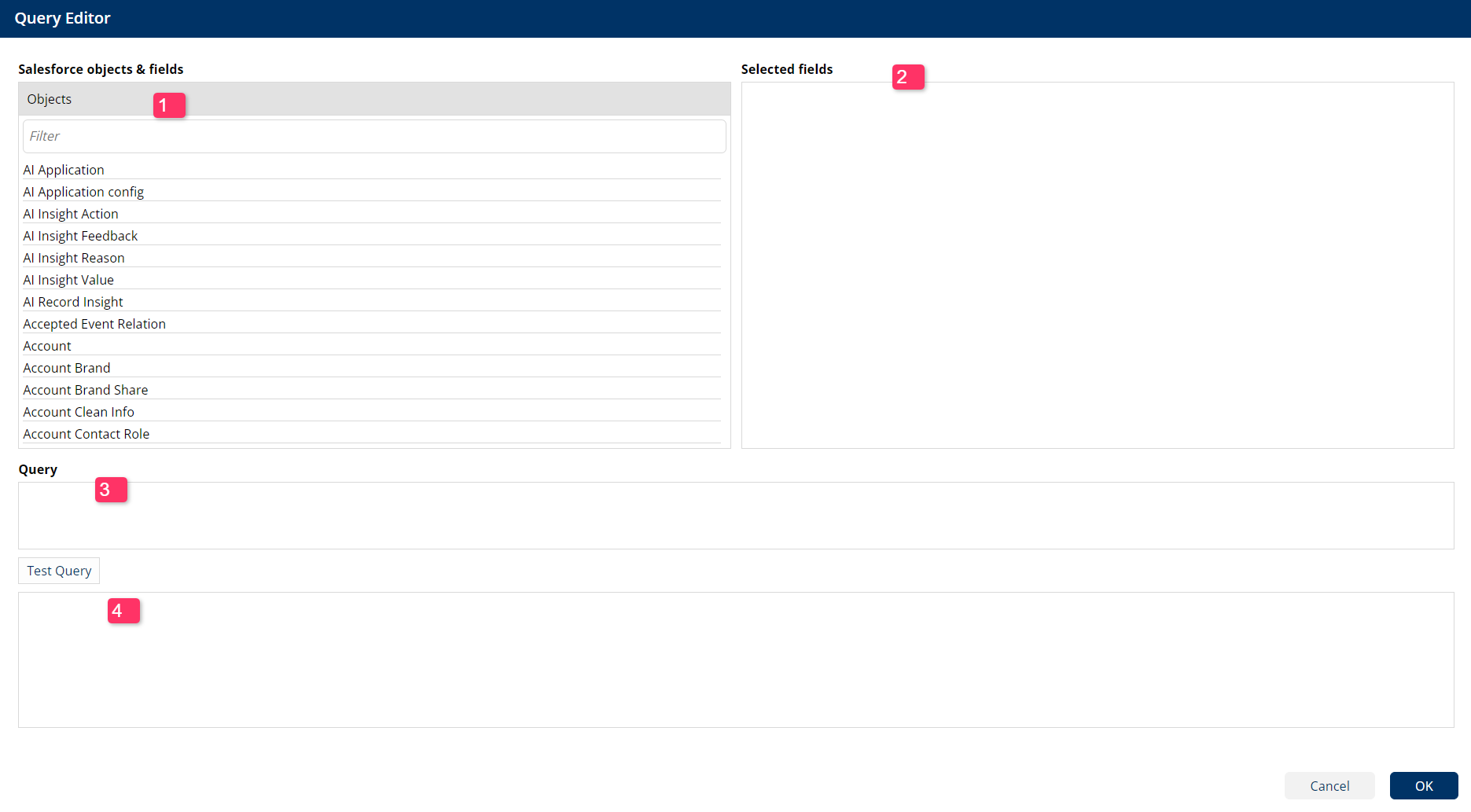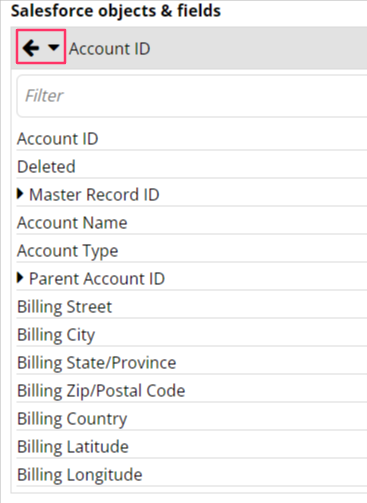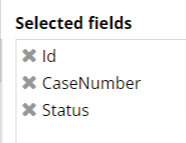Adding Additional Data Using SOQL Queries
Besides adding data from related data of the main object, it is also possible to add additional data that is not related. Usually, it is used to retrieve additional data to compliment a workflow, for example. In many cases, working with related lists and possibly with SOQL Query is a big part of generating a document in Dynamo. This section will provide more detailed instructions on how to work with SOQL Query to fetch and display the wanted data.
Adding a new query
Adding a new query starts from the Data tab on the right pane. In the Queries section of the 'Data Source', click on the plus icon (+) next to the Queries heading. From the New Query box:
Enter a name for the variable that holds the query results (var)
The select attribute is where you enter the SOQL statement to retrieve the needed data. Open the Query Editor by pressing on the 3 dots icon.

New Query window appears after clicking on  in Queries
in Queries
Introducing the Query Editor
The Query Editor contains:
Salesforce objects & fields: List of Salesforce Objects, Related Objects and fields available in the organization
Selected fields: List of fields will be used in the query
Query: The SOQL syntax
Test Query: The result when you click Test Query button

Query Editor UI
Selecting Salesforce objects and fields
Select the Objects you want to query data in Salesforce objects & fields section to see a list of fields in the object.
Look up fields to related objects are included and indicated with an arrow. Select the preferred field to open the related object
Select the arrow next to the object's name to navigate to the previous object

When fields are selected, the field API name will be populated to the Selected Fields section

Completing the SOQL syntax and testing query
When fields are selected, the SOQL Syntax is also populated

Complete the SOQL syntax with WHERE, ORDER BY or other query options to gather the data you need. You can use dynamic content taken from the template as the conditions. See examples in Sample Query Library
Click Test Query to revise the result
If the dynamic data are used as the condition in the syntax, the Test Query will prompt an error, but it doesn't affect the final result.
Editing an existing query
After a query is added, its name (var value) will be shown in the Queries list under Data Source on the right pane. If you wanted to edit an existing query (for example, to add more fields or conditions), navigate to the query name in the list and click on the location icon.

It will direct to the Workflow UI, where the template logic is located. The chosen query is highlighted in light blue and can be edited on the right pane.

